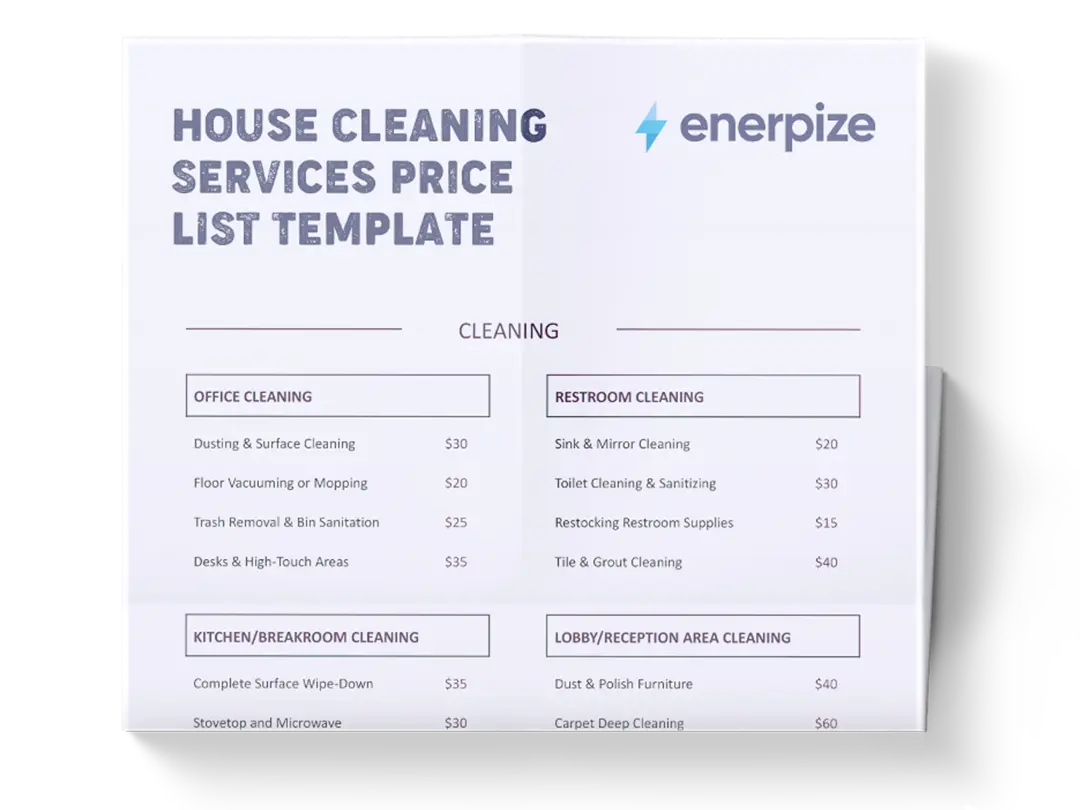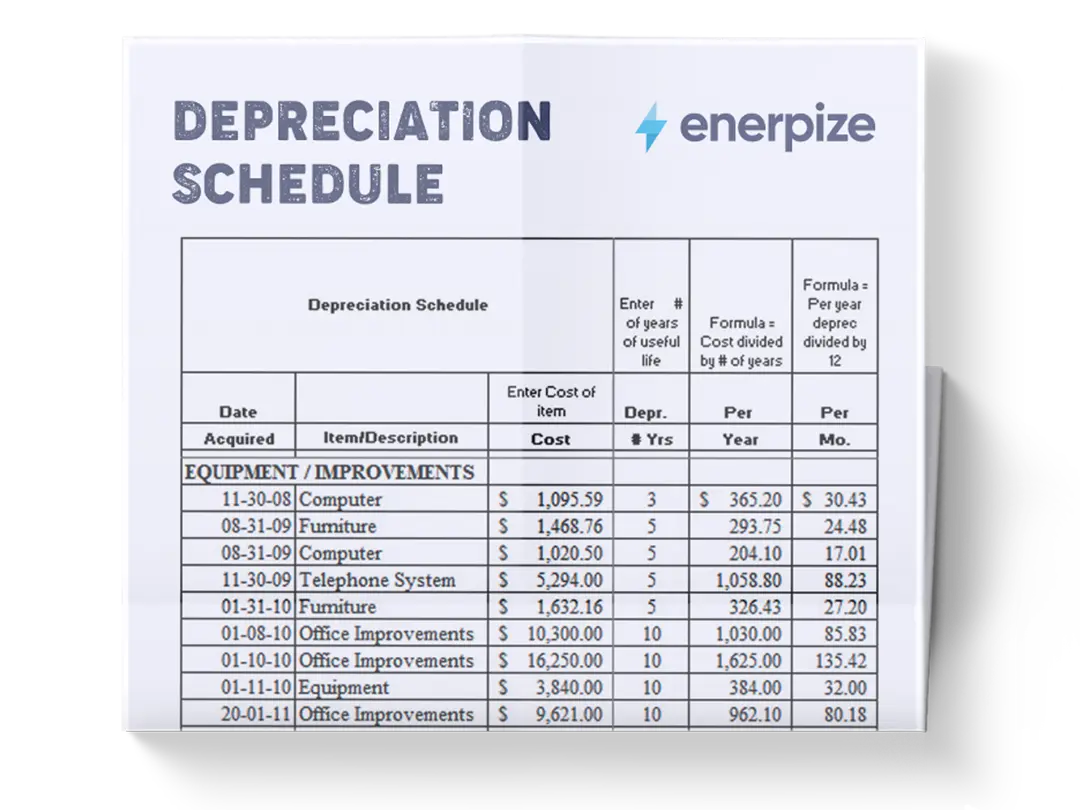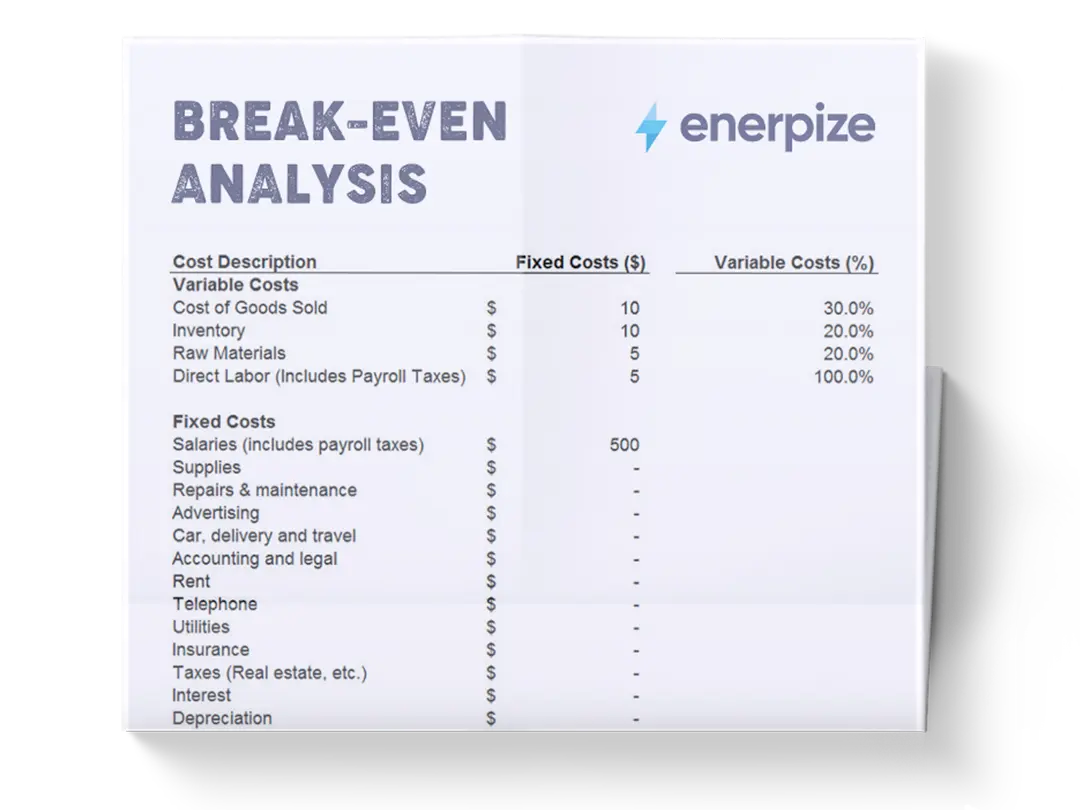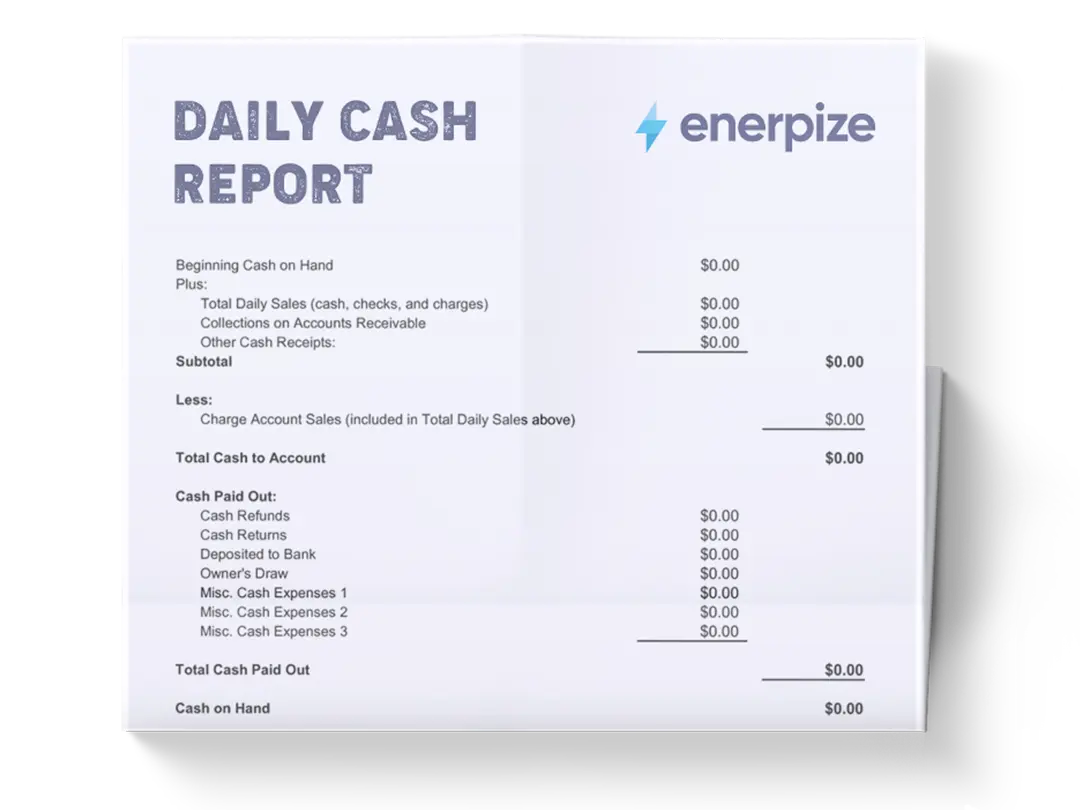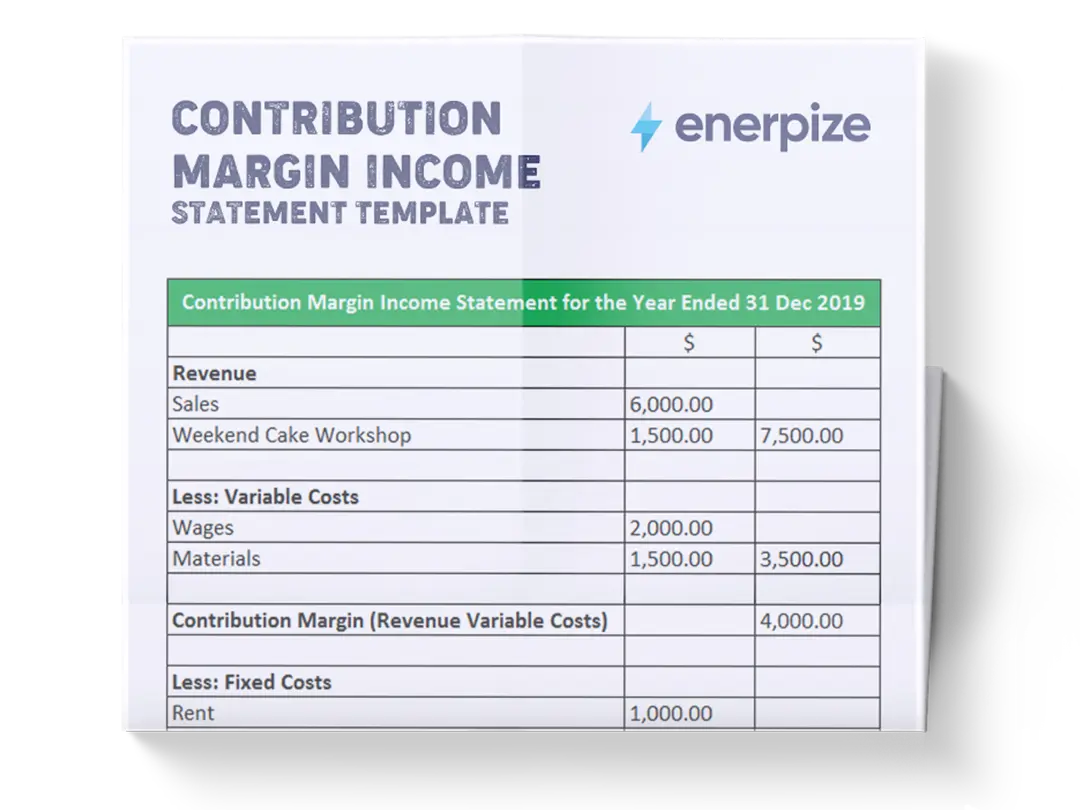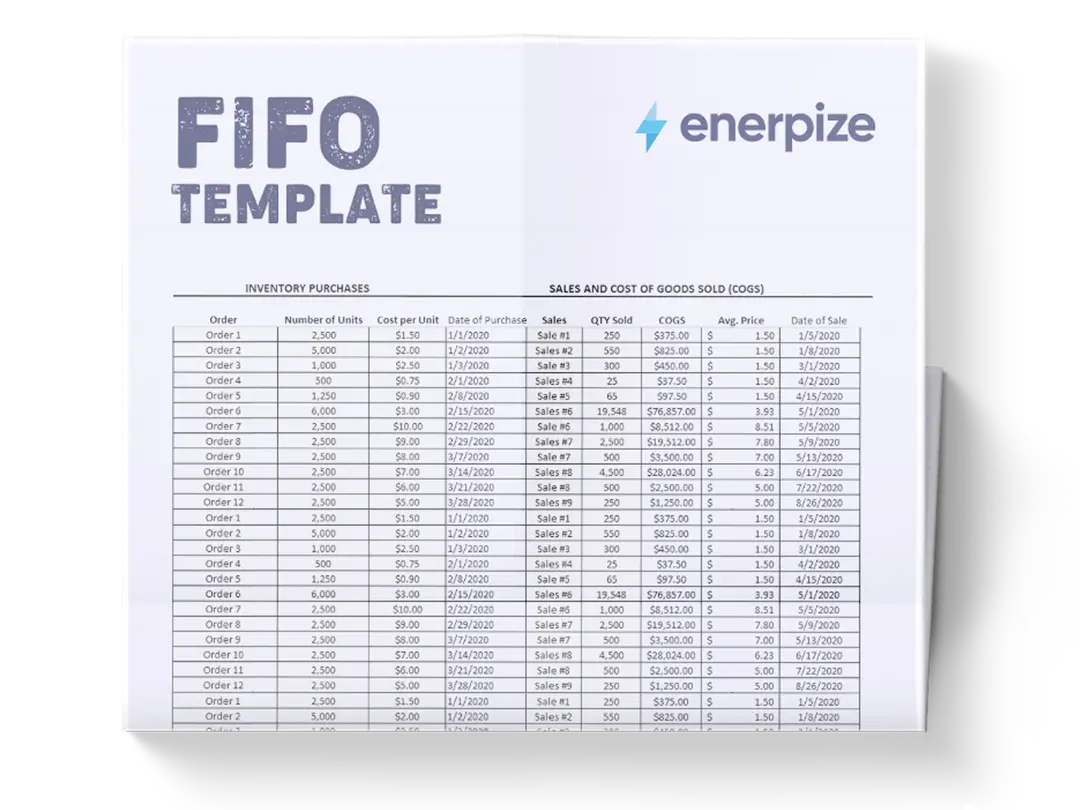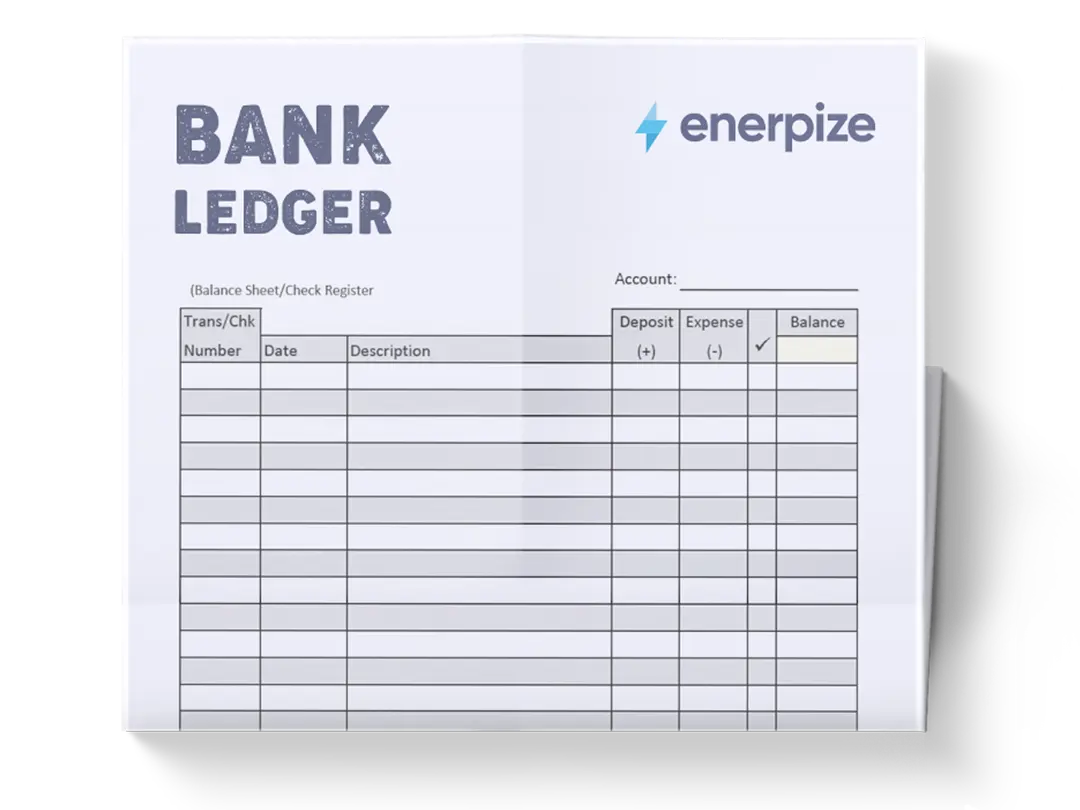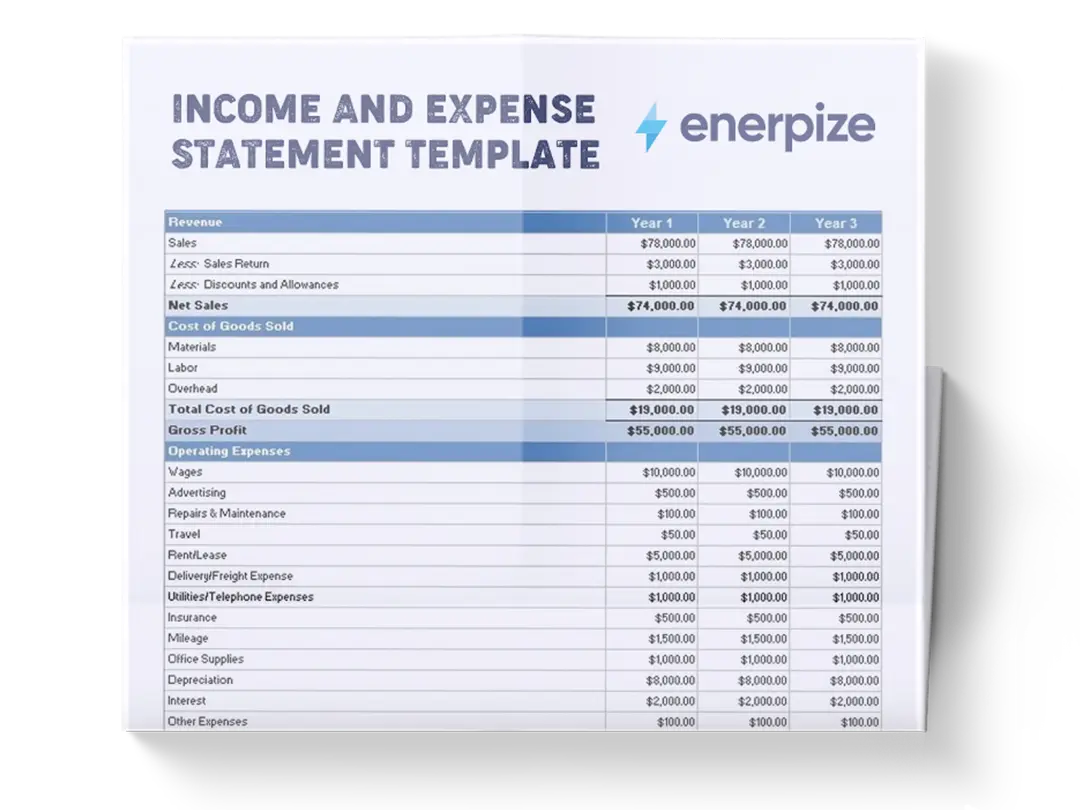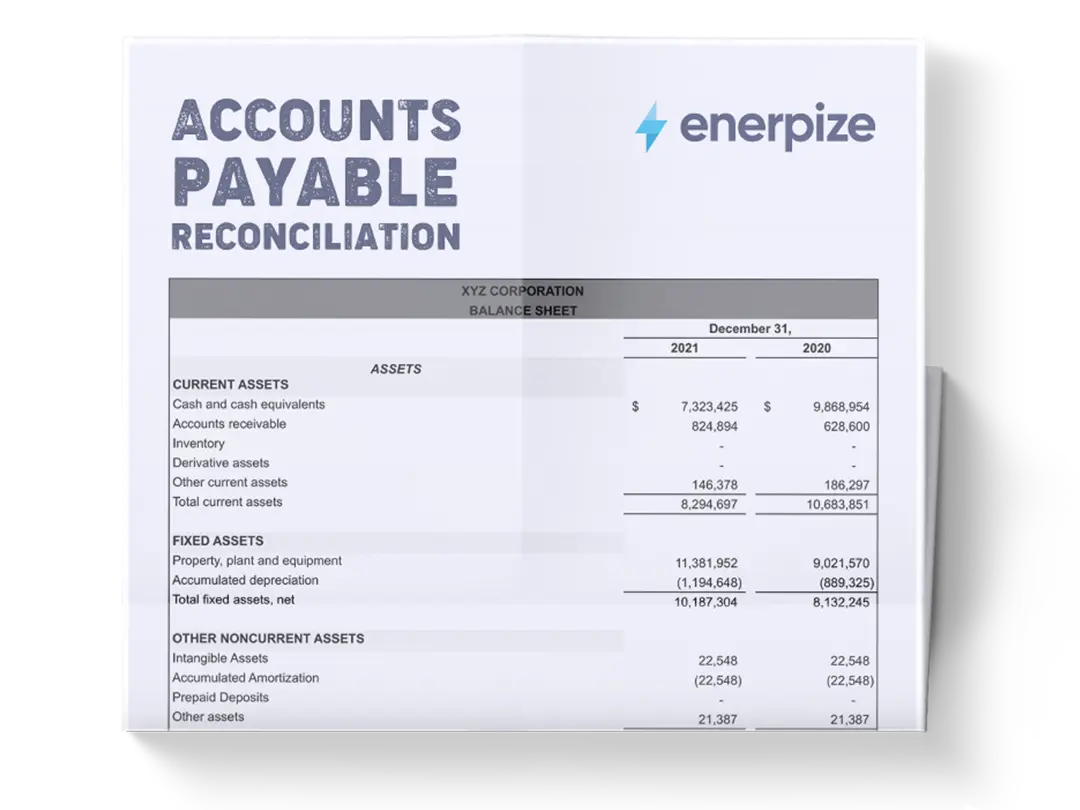Posted on 29 June 2025
Overhead Calculation Worksheet Excel & Google Sheets
- The overhead calculation worksheet is available in Excel and Google Sheets.
- It tracks and categorizes recurring overhead expenses with precision to identify trends, control costs, and guide better budgeting decisions.
- Essential for accountants, financial managers, and business owners aiming to maintain fiscal discipline and forecast realistic spending.

What is The Overhead Calculation Worksheet?
The overhead calculation worksheet is used to identify, list, and quantify the indirect expenses a business incurs to keep its operations running, regardless of whether it is actively generating revenue.
Unlike direct costs, which are tied specifically to the production of goods or delivery of services, overhead costs are the behind-the-scenes expenses essential for sustaining day-to-day business functions. These may include rent, utilities, insurance, administrative salaries, and software subscriptions. Because these costs are not directly associated with any single product or service, they are harder to isolate and control, but no less critical.
Accurately calculating overhead is vital not just for budgeting or financial reporting, but for setting appropriate pricing, evaluating profitability, and making strategic decisions.
What Does an Overhead Calculation Worksheet Contain?
Designed to cover the most common and critical overhead categories, this overhead cost calculator Excel is organized into rows representing expense types and columns for annual figures across five consecutive years, followed by a total column to calculate cumulative costs.
Each row in the worksheet corresponds to a specific overhead cost category, such as:
- Staff Costs: Includes salaries, wages, and employer contributions. This is typically one of the largest and most constant expenses.
- Premises Costs: Captures rent, property taxes, insurance, utilities, cleaning, and repairs, everything tied to maintaining your business location.
- Marketing and Promotion: Contains sales promotions, advertising, PR, and entertainment, critical for customer acquisition and brand visibility.
- Operational Support: Covers office stationery, postage, telecom, printing, and subscriptions.
- Professional Services: Includes fees for legal, audit, accountancy, consultancy, and training.
- Vehicle and Travel Costs: Tracks insurance, repairs, fuel, hire, and travel expenses.
- Banking and Financial Risk: Reflects charges, bad debts, and other miscellaneous financial commitments.
How to Use the Overhead Calculation Worksheet
1- Start with Accurate Data Gathering
- Review Historical Records: Collect your company’s past financial statements, general ledgers, and utility bills.
- Consult Department Leads: Reach out to HR, operations, marketing, and finance to estimate future costs with context.
- Distinguish Fixed vs. Variable Costs: Label each expense to identify which ones are consistent (e.g., rent) versus those that may fluctuate (e.g., fuel).
Pro Tip: Start with the most predictable expenses (like insurance or rent) to build momentum and reduce uncertainty.
2- Enter Costs Year-by-Year
- Each column represents one fiscal year—Year 1 through Year 5.
- Each row aligns with a specific overhead category.
Input Annual Figures: Enter estimated or actual annual expenses for each category per year.
3- Identify Cost Trends and Red Flags
- Look for Growth Patterns: Are any expenses increasing year-over-year? For instance, if fuel or travel is rising steadily, it may signal inefficiencies or inflation impacts.
- Spot Anomalies: If one year shows a sharp deviation (e.g., a doubling of marketing costs), check if it reflects a strategic push or a one-off event.
4- Use the Worksheet to Inform Strategic Planning
- Align with Revenue Projections: Cross-reference overhead growth with income forecasts to assess margin trends.
- Model Scenarios: Adjust inputs to test different operational strategies—for example, how hiring more staff or relocating offices would impact total overhead.
- Set Budget Limits: Based on total costs, set annual ceilings for variable cost categories (like entertainment or consultancy).
5- Customize the Template to Fit Your Business
- Add or Remove Rows: If you have niche overhead categories (like SaaS subscriptions or compliance fees), insert rows as needed.
- Group Categories by Department: For large organizations, it helps to separate costs by function—e.g., “Operations Overhead” vs. “Marketing Overhead.”
- Localize Currency and Tax Fields: If operating across countries, adjust currencies and include tax implications.
6- Review and Update Regularly
- Quarterly Updates: Revisit the worksheet every 3 months to reflect actuals and re-align with changing forecasts.
- Annual Clean-Up: At the end of each fiscal year, perform a full review, check for errors, and refine projections for future years.
- Team Collaboration: Encourage input from multiple departments to make the worksheet a living, cross-functional planning tool.
Related Templates
Importance of Overhead Calculation Worksheet
Informs pricing strategy and profit margins
Knowing your overhead costs enables you to build more accurate pricing models. If these costs are underestimated or ignored, you may underprice your products or services, leading to thinner margins or outright losses.
Enables better resource allocation
A clear picture of overhead spending helps you make strategic decisions about where to cut costs or invest more. Without visibility into these expenses, it’s easy to waste resources on non-essential areas that add little value to your bottom line.
Prevents financial leakage
Overheads tend to creep up quietly. Tracking them systematically can reveal inefficiencies or recurring costs that no longer serve the business. This proactive awareness helps prevent financial leakage that can drain profitability over time.
Supports informed decision-making
Business decisions—whether it's hiring, leasing office space, or launching a new product—should always take overhead into account. Accurate overhead data gives leaders the financial clarity they need to plan confidently and avoid surprises.
Mitigates the risk of business failure
Unchecked or excessive overhead is a common reason small businesses fail. Regularly using an overhead worksheet acts as a safeguard, alerting you when fixed expenses begin to outweigh incoming revenue or when your break-even point becomes unsustainable.
Who Can Use the Overhead Calculation Worksheet?
Small business owners and entrepreneurs
For startups and small operations, managing overhead can mean the difference between staying afloat and shutting down. This worksheet provides a way to keep tabs on fixed costs from day one, allowing for lean operations and sustainable growth.
Accountants and bookkeepers
Professionals tasked with financial oversight can use the worksheet to track indirect costs, assist in budgeting, and provide accurate financial statements. It's an essential tool for delivering high-value advisory services to clients.
Freelancers and solopreneurs
Independent professionals often overlook their overhead, home office expenses, subscriptions, and equipment maintenance. Using the worksheet helps freelancers price their services more effectively and avoid working at a loss.
Nonprofit organizations
Though not revenue-driven, nonprofits still need to cover overhead to operate. An accurate understanding of indirect costs is crucial for grant applications, donor transparency, and sustainable programming.







